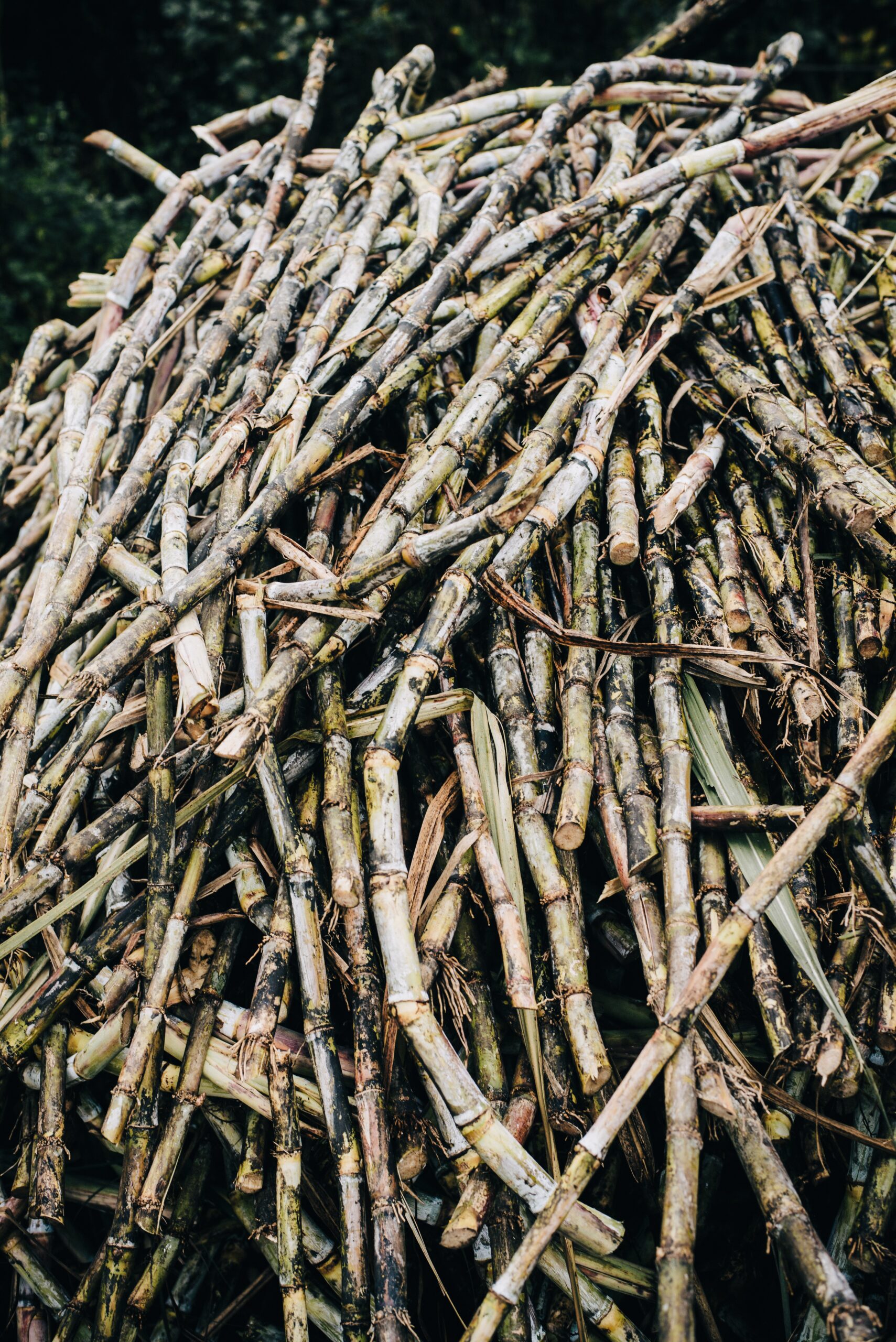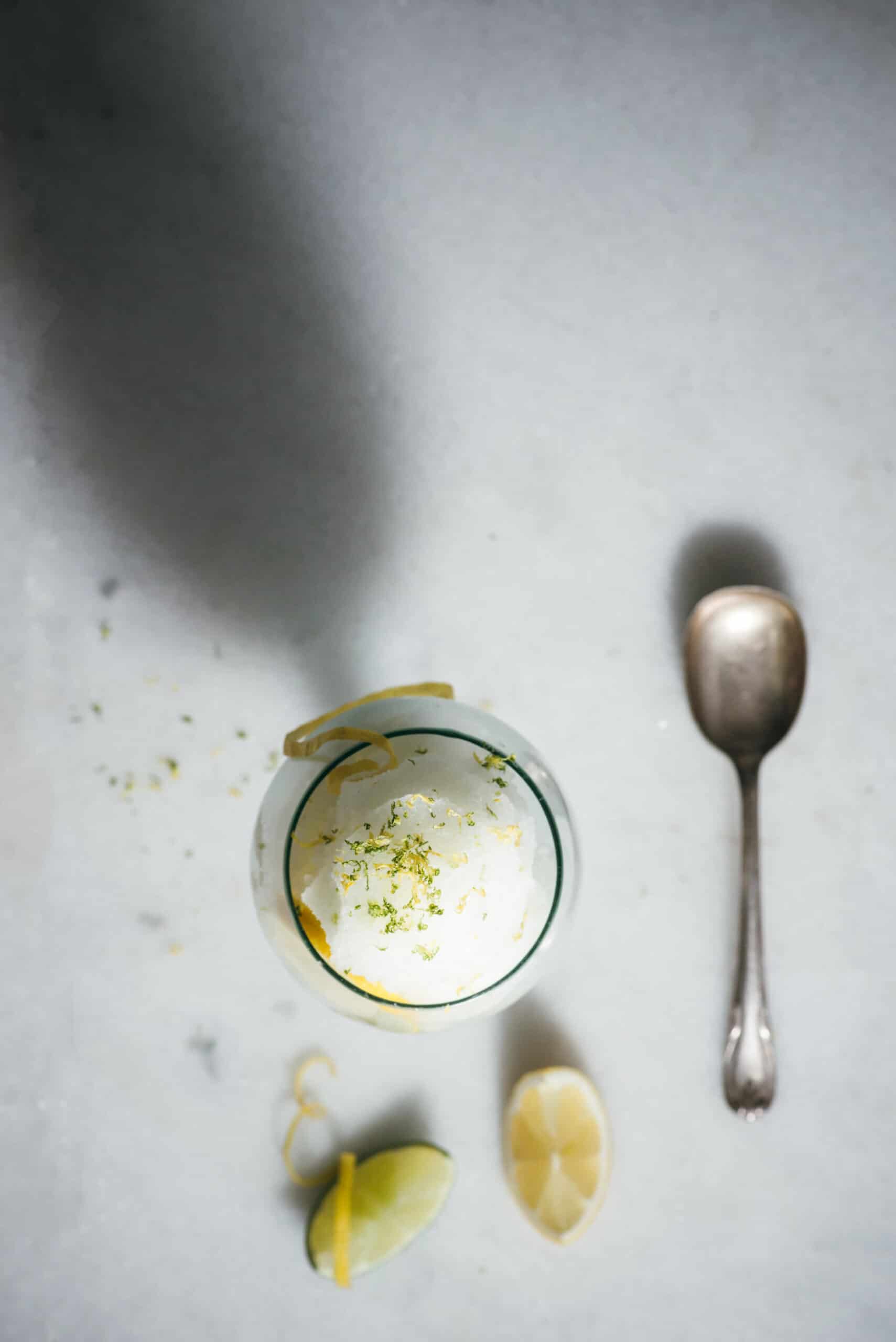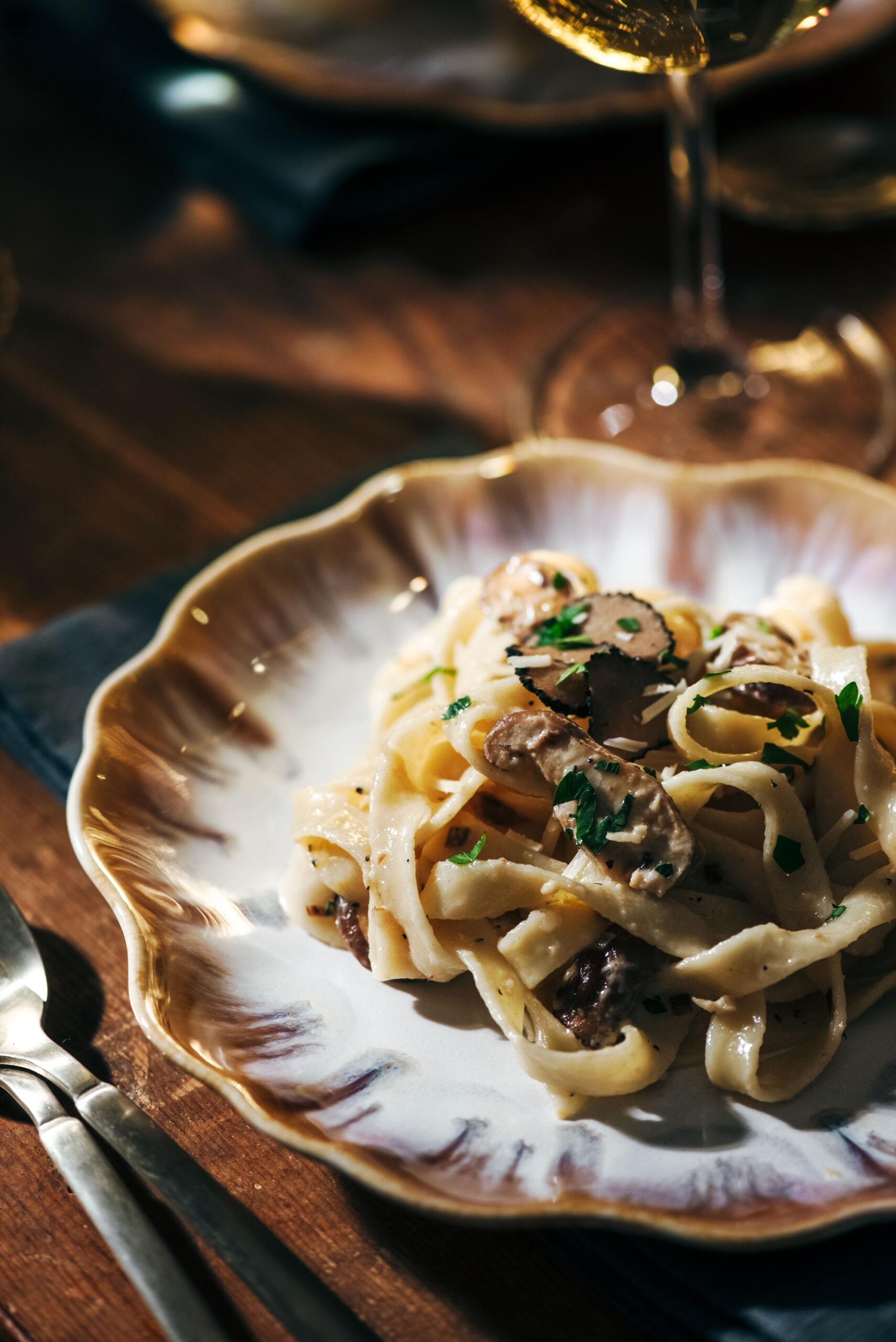Most of the world’s sugar comes from sugar cane. Learn some interesting facts about the history and agriculture behind this amazing plant here.
Sugar cane is a fantastic plant. The thick reeds contain the sweet sap we use to make sugar and other fascinating things.

Here are some interesting facts about the sugar cane plant, from its humble origins to how it plays a significant role in sugar production today.
Humble Origins
Sugar cane was native to Austronesian and Papuan regions, and sailors eventually introduced the crop to Polynesian parts and Madagascar.
Natives of these areas cultivated the plant and helped spread it to other sites, and it eventually made its way to India.
In India, Persian and Greek officials learned about the plant and saw it as “reeds that produced honey with no bees.” Needless to say, nearly everybody had a sweet tooth when it came to sugar cane.
Roles in Beverages
By the 1700s, sugar cane plantations were commonplace in many island environments where the plant grew and thrived. These plantations tried many different approaches when it came to growing and cultivating sugarcane.
The island of Barbados is where plantations discovered rum for the first time, thanks to the fermentation and distillation of sugar cane juice.
Whether fermented and distilled into rum or not, sugar cane juice remains a popular and refreshing drink that many people enjoy. The sweet taste mixes well with different fruits and tart flavors to make a refreshing combination.
The Majority of Sugar
One of the more interesting facts about the sugar cane plant is that the vast majority of sugar comes from sugar cane, with this plant producing nearly three-quarters of the sugar on the market. The remaining quarter typically comes from sugar beets.
Many professional chefs differentiate between the two because beet sugar doesn’t caramelize as well as cane sugar.
Despite the subtle differences in taste, the two forms of sugar are so similar on a chemical level that you might think that they’re the same thing.
Dessert Recipes to Try:
- Easy to Make Brioche Bread Pudding with Lemon Curd
- How to Make Mini Meringue Cookies Recipe
- Cranberry Olive Oil Cake, Perfect for the Holidays!
Fresh bites, cozy vibes 😎
Dig into something delicious with us by subscribing below






